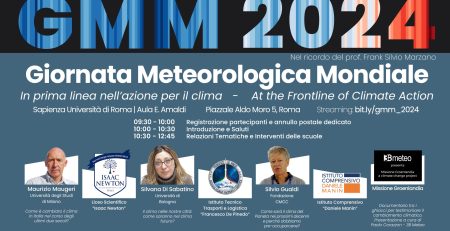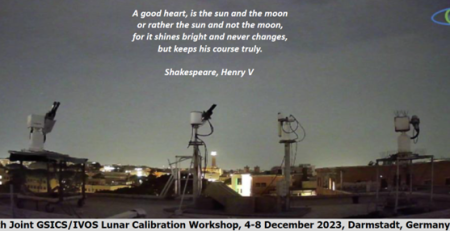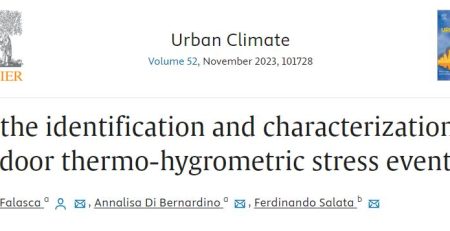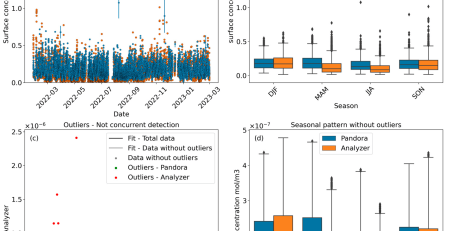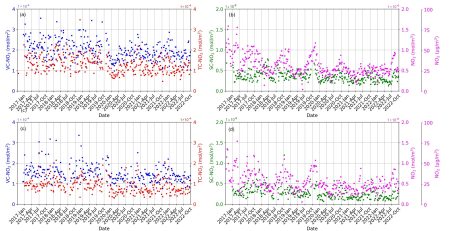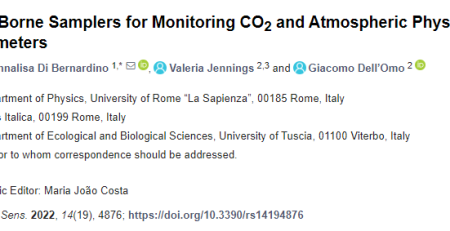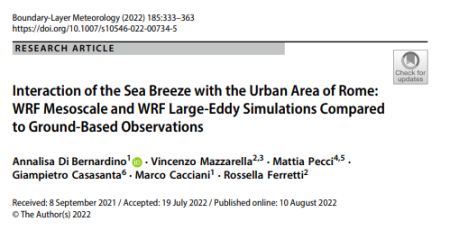Article published on Theoretical and Applied Climatology: Analysis of two decade meteorological and air quality trends in Rome (Italy)
ABSTRACT: This study presents a trend analysis of a two-decade (2000–2020) series of surface meteorological and air quality data measured in Rome (Italy).
Data series are collected at three sites in Rome downtown and its coastal surroundings. This paper fills the gap due to missing or incomplete recent information about the meteorological and atmospheric composition tendencies in the Rome area.
Datasets are subjected to in-depth quality control and to statistical analysis to verify the data homogeneity, whilst trend analysis is performed using the Seasonal Kendall test.
The results show a statistically significant positive trend for average air temperature (0.07 °C year−1 in urban and coastal sites), whilst maximum and minimum temperatures increase more in urban (0.10 °C year −1 ) than in coastal (0.01 °C year −1 ) environment. The water vapour mixing ratio trend is higher in the city (0.10g kg−1 year −1 ) than along the coast (0.03 g kg −1 year −1 ). The heat index tendency is more pronounced in the Rome centre (0.11°C year−1) than on the coast (0.06 °C year−1). The monthly cumulative precipitations do not show statistically significant trends.
On the other hand, air quality generally improved: surface pollutant concentrations show a significant decrease thanks to the reduction of local emissions (C6H6, − 0.12μg m−3 year−1; SO2, − 0.09μg m−3 year−1; CO, − 0.02mg m−3 year−1; NO x , − 1.28 μg m −3 year −1 ; NO, − 0.38 μg m −3 year −1 ; NO 2 , − 0.60 μg m −3 year −1 , PM 10 , − 0.35 μg m −3 year −1 ). Only O 3 shows a statistically significant positive trend (0.15 μg m −3 year −1 ), in agreement with wider scale studies.
The outcomes suggest that whilst local and national policies contribute to the improvement of air quality, the rising of temperature—as likely consequence of climate change—may be an emerging cause of concern for human thermal discomfort and potential effect on the conservation of tangible immovable heritage.











